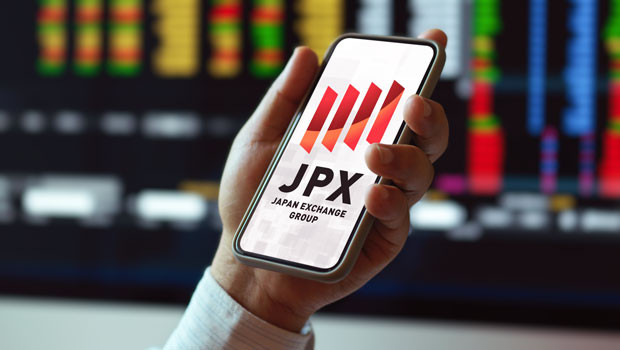Asia report: Most markets fall, Nikkei reaches fresh 33-year high

Asia-Pacific markets closed mostly lower on Wednesday, although Japan's benchmark index bucked the trend as it extended its 33-year high.
Australia’s weighted consumer price index meanwhile climbed slightly less than expected in its latest reading.
“Most stocks in the Asian region saw a decline following the weak performance of Wall St and cautiousness ahead of important inflation data and earnings reports,” said TickMill market analyst Patrick Munnelly.
“The Nikkei 225 has reached a level above the 34,000 handle for the first time in more than 30 years, as low wages further support the argument for a postponed Bank of Japan exit.”
Munnelly said the Hang Seng and Shanghai Composite were meanwhile quiet due to the absence of significant positive catalysts, and a lukewarm People’s Bank of China liquidity operation.
“Additionally, HSBC and Citigroup revised their Hang Seng Index projections downwards citing concerns about earnings and Chinese policies.”
Most markets in the red, although Japan bucks the trend
Japan's Nikkei 225 surged by 2.01% to reach 34,441.72, and the Topix index also posted a solid gain of 1.3% at 2,444.48.
Leading the gainers on Tokyo’s benchmark was Kyocera, up by 6.09%, followed by Olympus with a 5.68% rise, and Daiichi Sankyo, which saw a 5.22% increase.
In contrast, China's markets struggled as the Shanghai Composite dropped by 0.54% to 2,877.70, and the Shenzhen Component declined by 0.55% to 8,922.79.
Notable decliners in Shanghai included Clenergy Xiamen Technology, down by 10%, and Chang Chun Eurasia Group, which saw a 9.97% decrease.
Hong Kong's Hang Seng Index also faced a downward trend, falling by 0.57% to 16,097.28, led lower by Tingyi, Li Auto, and Wharf Real Estate Investment, which experienced declines of 4.44%, 4.43%, and 4.08%, respectively.
South Korea's Kospi index dropped by 0.75% to 2,541.98, with notable decreases from Pan Ocean, down by 4.95%, and LG Display, which saw a 3.87% decline.
Australia's S&P/ASX 200 decreased by 0.69% to 7,468.50, with IGO and Arcadium Lithium experiencing declines of 8.05% and 7.85%, respectively.
New Zealand's S&P/NZX 50 also faced a negative trend, falling by 0.63% to 11,769.40, as Precinct Properties lost 2.71% and Oceania Healthcare declined 2.6%.
In currency markets, the dollar managed a modest gain of 0.3% on the yen, last trading at JPY 144.92.
On the other hand, the greenback declined 0.31% against the Aussie to AUD 1.4908, while ot dipped 0.11% on the Kiwi, changing hands at NZD 1.6010.
On the oil front, Brent crude futures were last down 0.23% on ICE at $77.41 per barrel, while the NYMEX quote for West Texas Intermediate dropped 0.21% to $72.09.
Inflation slows in Australia, unemployment rises in Korea
In economic news, Australia's consumer price index (CPI) showed a year-on-year increase of 4.3% in November, marking its smallest uptick since January 2022 and lower than the 4.9% recorded in October.
The figure also fell slightly below the 4.4% that economists polled by Reuters had anticipated.
Australia’s statistics bureau said the most significant contributors of November's inflation were housing, insurance, financial services, as well as alcohol and tobacco.
Meanwhile, South Korea saw its seasonally adjusted unemployment rate rise to a 23-month high of 3.3% in December, up from 2.8% in November.
Data from the country's statistics bureau indicated that the number of unemployed individuals surged by 78,000 to reach 944,000, marking a 9% increase year-on-year.
Additionally, the employment-to-population ratio stood at 61.7% in December, reflecting a 0.4 percentage point increase compared to the previous year.
Reporting by Josh White for Sharecast.com.